When patients ask me, “What is the best age to get a facelift?” I explain that age is only one part of the equation. Your skin quality, the degree of facial aging, and your aesthetic goals often matter far more.
In this post, we’ll explore how I work with patients to determine the right timing for a facelift, what factors influence that decision, and how modern techniques make it possible to look naturally refreshed at every stage of life.
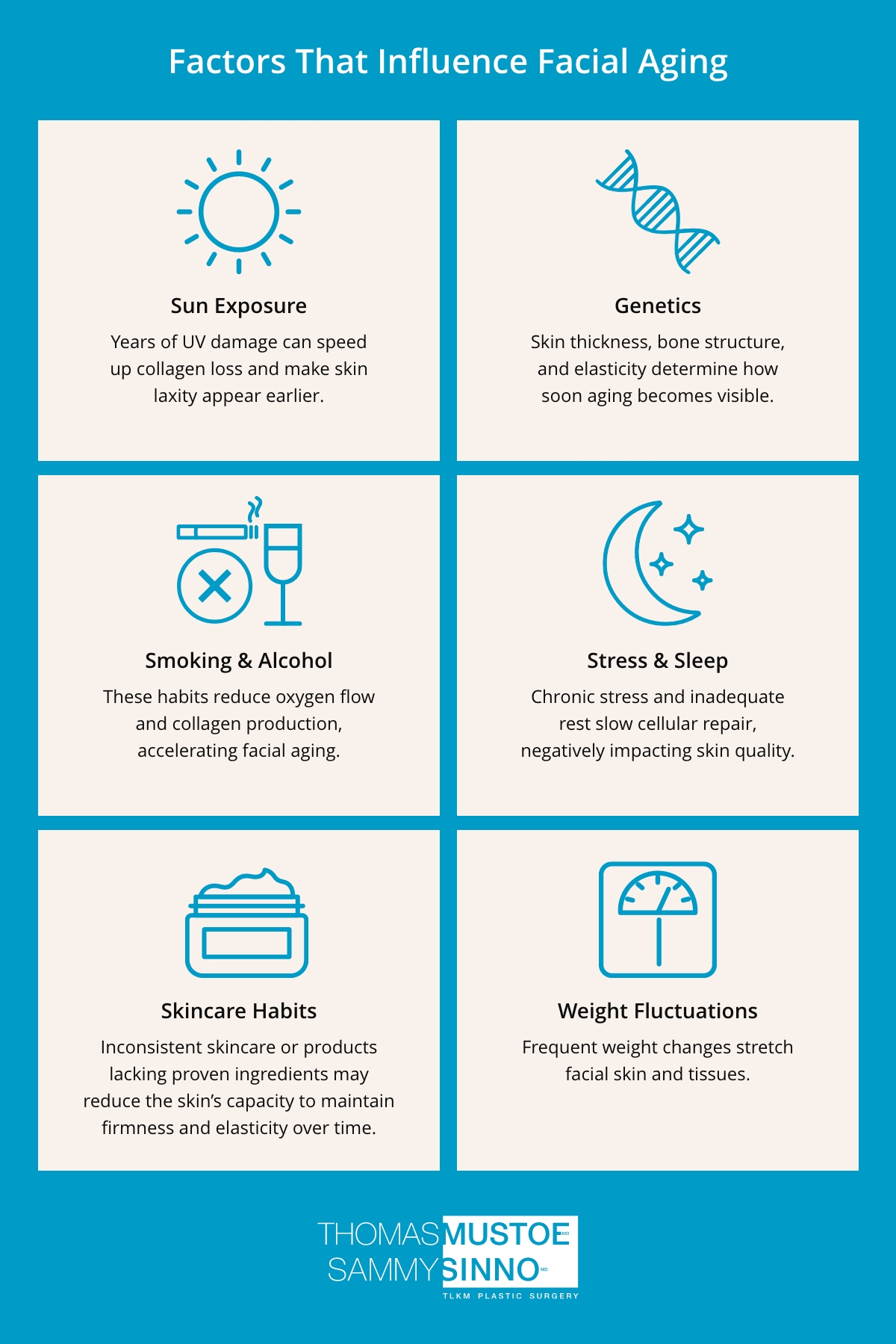
Why Facelifts Are About Timing, Not Age
Two people the same age can look remarkably different and have very different needs for facial rejuvenation. This is because facial aging occurs at different rates depending on genetics, sun exposure, skincare habits, lifestyle, and bone structure. In other words, the right time for a facelift is less about chronological age and more about what you see in the mirror.
The most natural and long-lasting results often come when surgery is performed early enough to restore youthful contours without requiring dramatic correction. For many people, this means their late 40s to early 50s, when signs of sagging and volume loss first become noticeable, but the skin still retains elasticity.
However, in the skilled hands of a board-certified plastic surgeon, patients can still achieve excellent results at any age.
How To Know It’s Time for a Facelift
Your 40s: Early Signs of Facial Aging
Patients in their 40s often notice mild jowling, early neck laxity, and deepening nasolabial folds. At this stage, many people are excellent candidates for a mini facelift or lower facelift, which targets early sagging with smaller incisions and shorter recovery time.
My approach to facelifting focuses on preserving your natural anatomy while restoring a refreshed, youthful look. A facelift performed during this decade can take advantage of good skin elasticity to produce natural-looking, longer-lasting results and may reduce the need for more extensive correction later on.
For younger patients, especially those balancing professional and family commitments, the discreet, minimal downtime of a limited-incision facelift can offer an ideal solution.
Your 50s: The “Golden Decade” for Facelifts
The 50s are often referred to as the “sweet spot” for facelift surgery. At this age, most patients experience more visible sagging of the cheeks, jowls, and neck. Skin laxity and muscle descent become harder to conceal with nonsurgical treatments alone.
This is where a deep plane facelift can offer transformative, natural-looking results. By repositioning the underlying facial structures (not just tightening the skin), I am able to achieve long-lasting rejuvenation while maintaining authentic expressions.
Many patients in their 50s choose to combine their facelift with eyelid surgery, fat transfer, or laser resurfacing to address multiple signs of aging in a single, balanced procedure.
While many patients achieve long-lasting rejuvenation in their 50s, others find that their 60s or 70s bring new concerns that surgery can still effectively address.
Your 60s and Beyond: When Experience Counts Most
While some patients worry that they’ve “missed the window” for a facelift, I regularly perform surgery on healthy individuals in their 60s, 70s, and older. The key is assessing skin quality, medical fitness, and aesthetic goals rather than setting an arbitrary age limit.
In these cases, facelifts can restore lost definition to the jawline and neck, soften deep folds, and create a more rested, vibrant appearance. Patients often tell me that their results make them look as youthful as they feel, helping to bridge the gap between their inner vitality and outer appearance.
What’s most important at this stage is choosing a surgeon with deep expertise in facial anatomy and a conservative, artistic technique—qualities that have defined my practice for more than 30 years and over 3,000 facelifts.
Redefining “Aging Gracefully”
For years, ‘aging gracefully’ implied accepting visible aging without intervention, but that mindset is changing. Today, it means staying true to yourself and choosing how you want to age.
Advances in surgical technique and aesthetics have made this shift possible. Modern facelifts focus on restoration over alteration, subtly repositioning tissue and preserving expression to reveal the most refreshed and refined version of yourself. This individualized approach reflects a broader cultural trend: Aging is no longer something to hide, but something to navigate intentionally and on your own terms.
Ultimately, “aging gracefully” doesn’t mean avoiding aesthetic treatments; it means embracing the ones that help you feel confident at every stage of life.
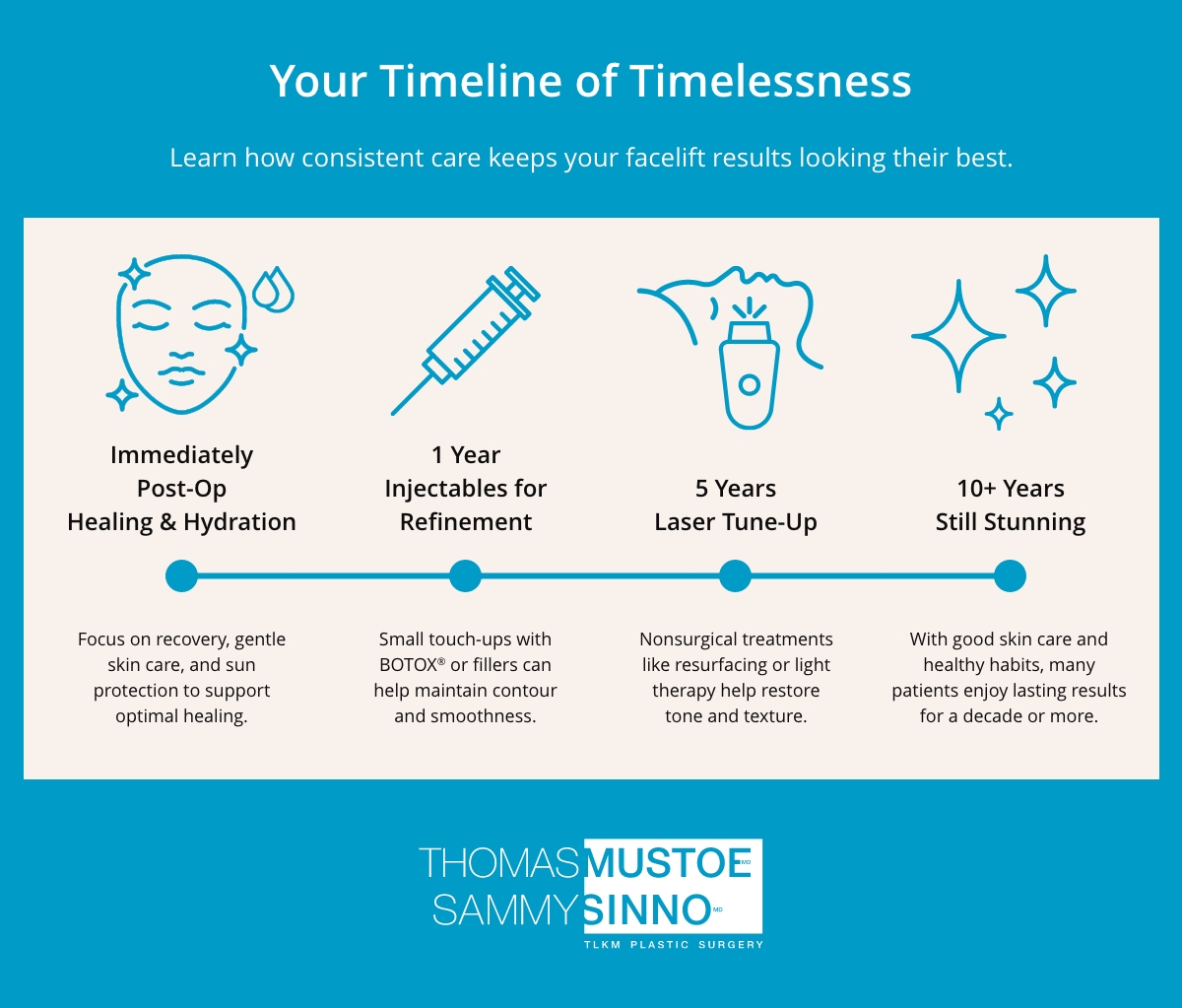
The Role of Maintenance & Lifestyle in Facelift Longevity
Regardless of when you choose to undergo a facelift, your long-term results depend heavily on proper maintenance and self-care. Protecting your skin from the sun, following a medical-grade skincare regimen, and considering minor touch-ups, such as injectables or laser treatments, can help preserve your outcome for a decade or more.
My patients benefit from a personalized aftercare plan designed to extend their results and promote optimal healing. I also tailor each patient’s surgical plan to their unique needs, ensuring each treatment aligns with their stage of facial aging.
Talk to a Facial Plastic Surgery Expert
Ultimately, the best age for a facelift is when nonsurgical treatments no longer deliver the results you want, or you’re simply ready for a lasting change. If you would like to discuss your facial rejuvenation options with a double board-certified plastic surgeon, there’s no substitute for an in-person assessment.
Request a consultation or call TLKM Plastic Surgery at (312) 788-2560 to get started today.




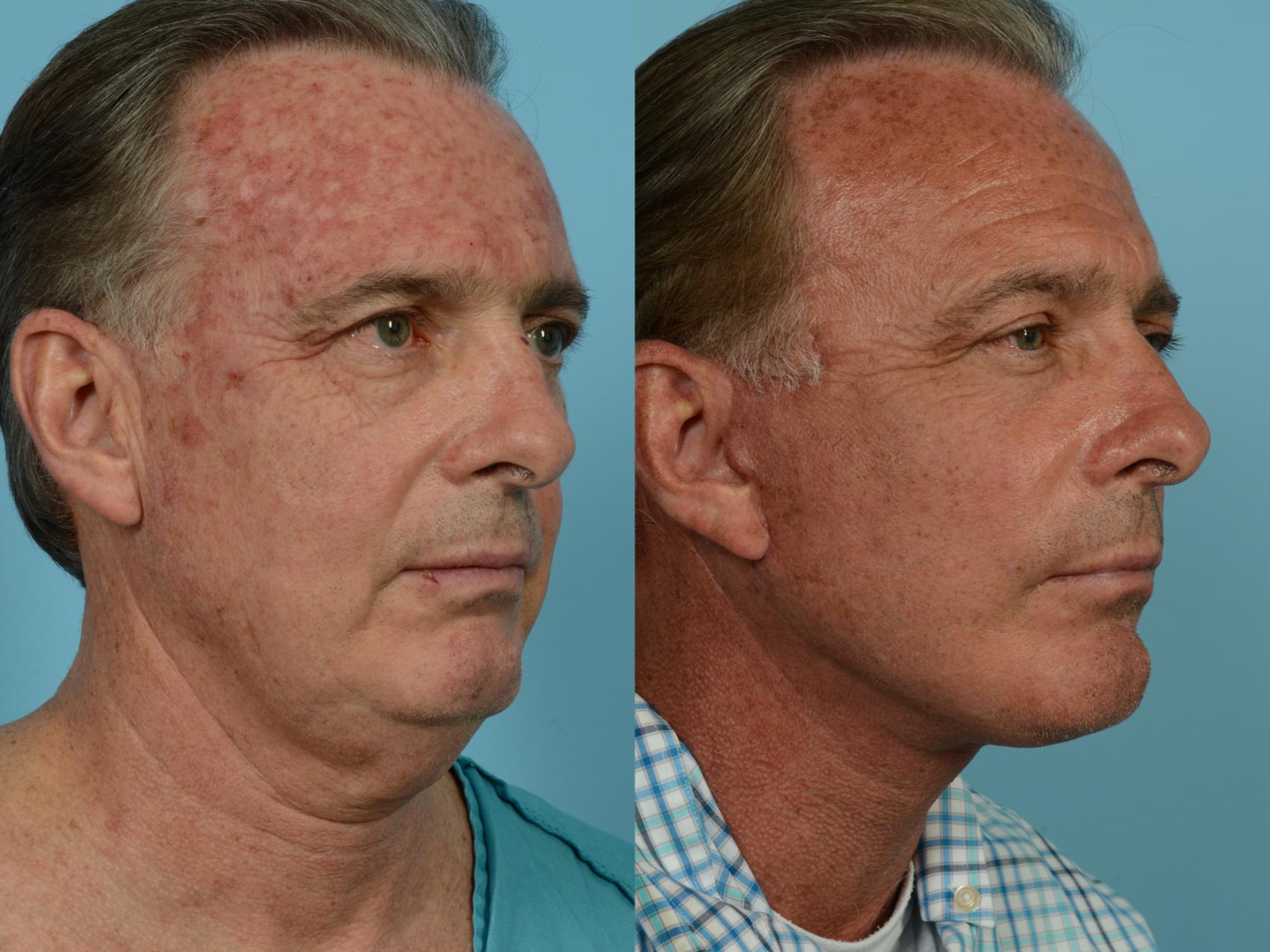




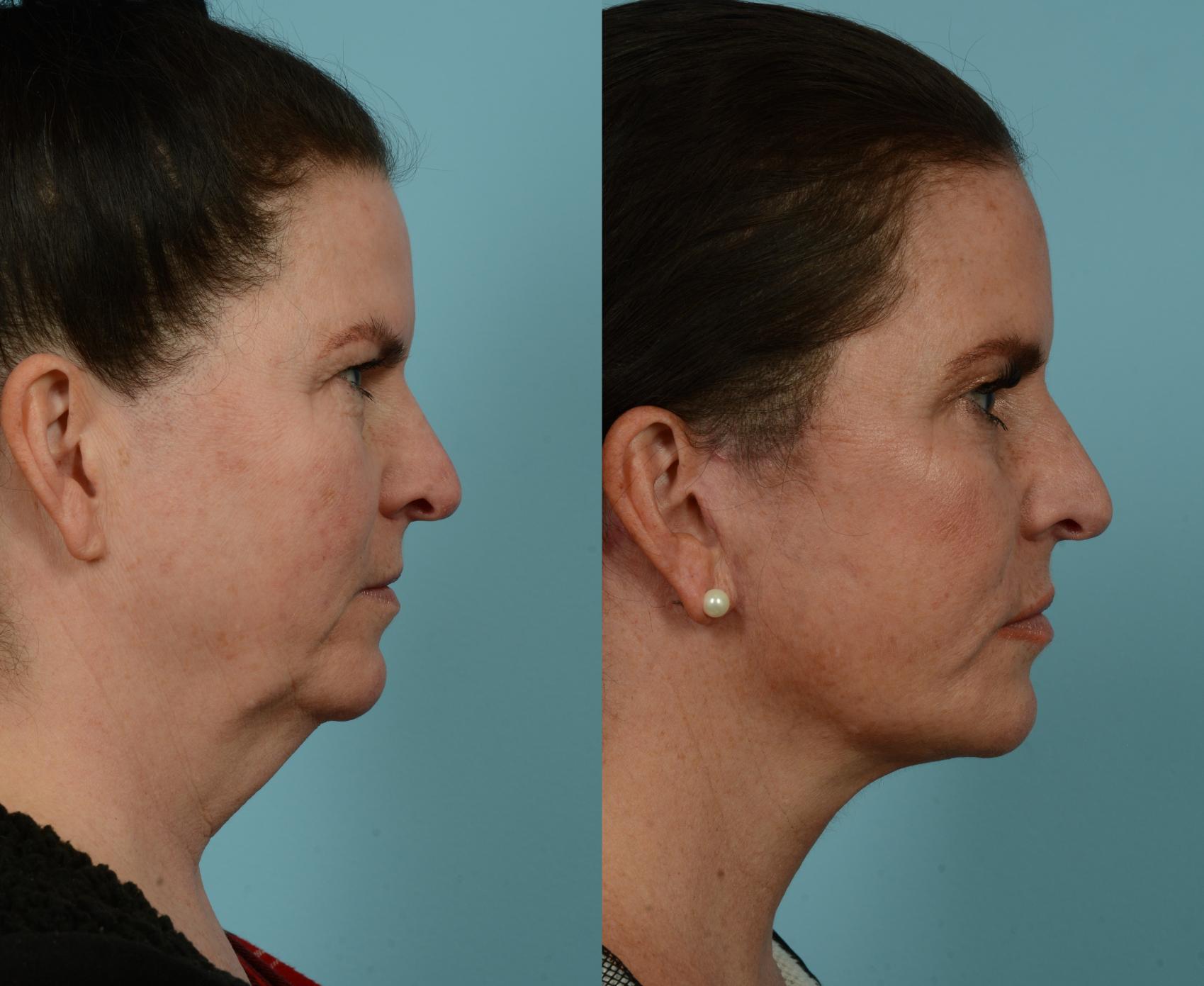



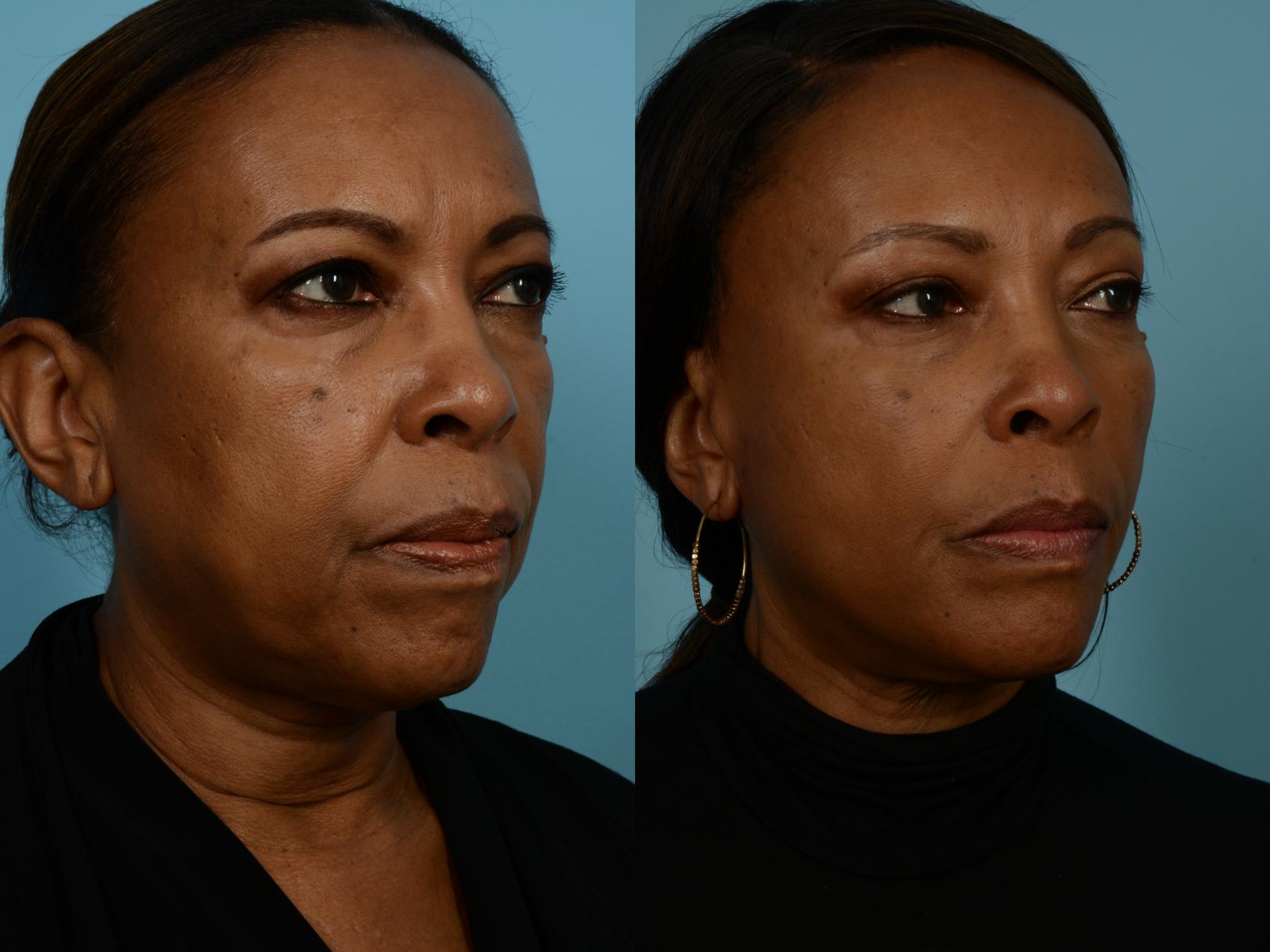

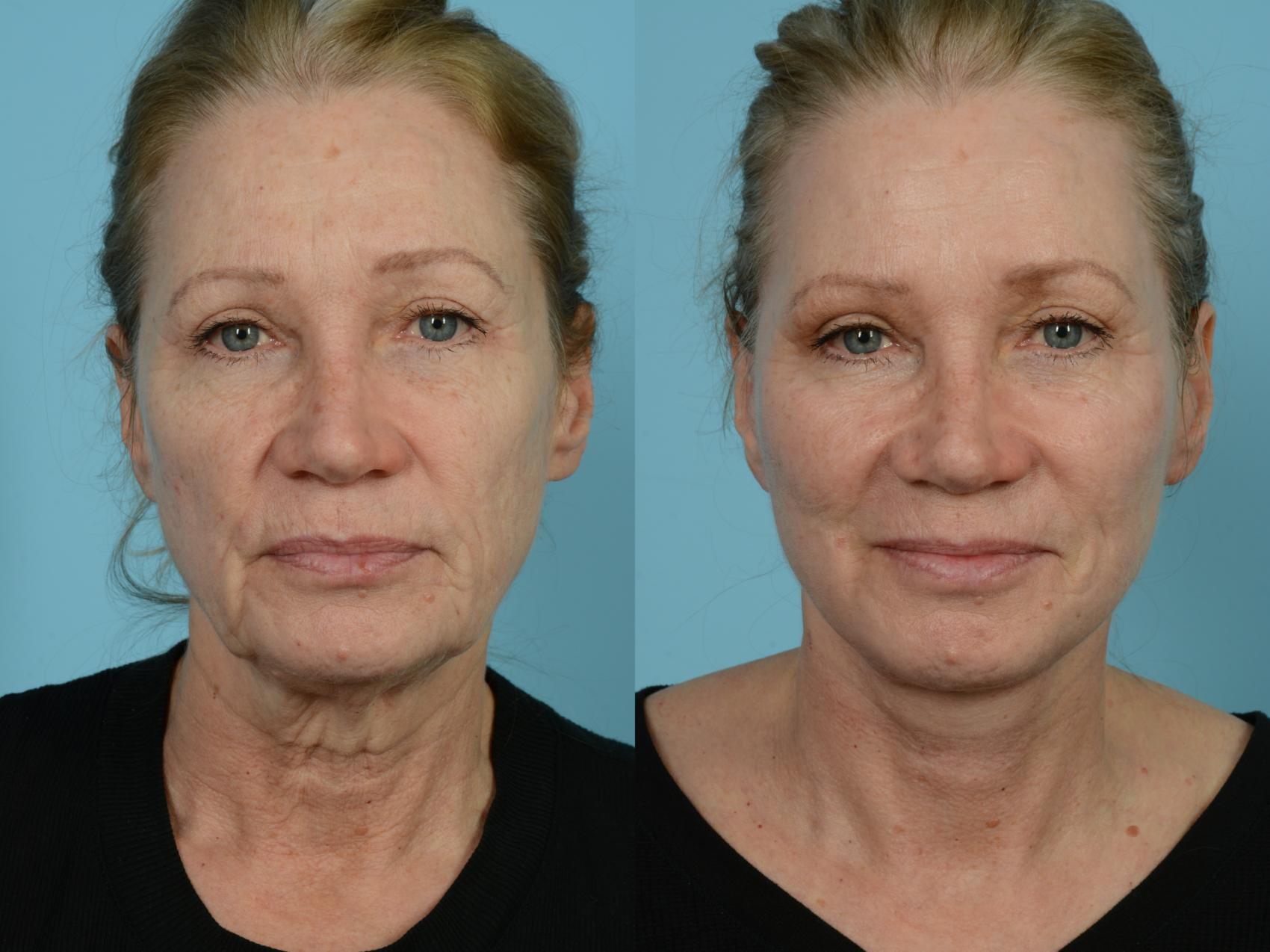
Leave a Reply